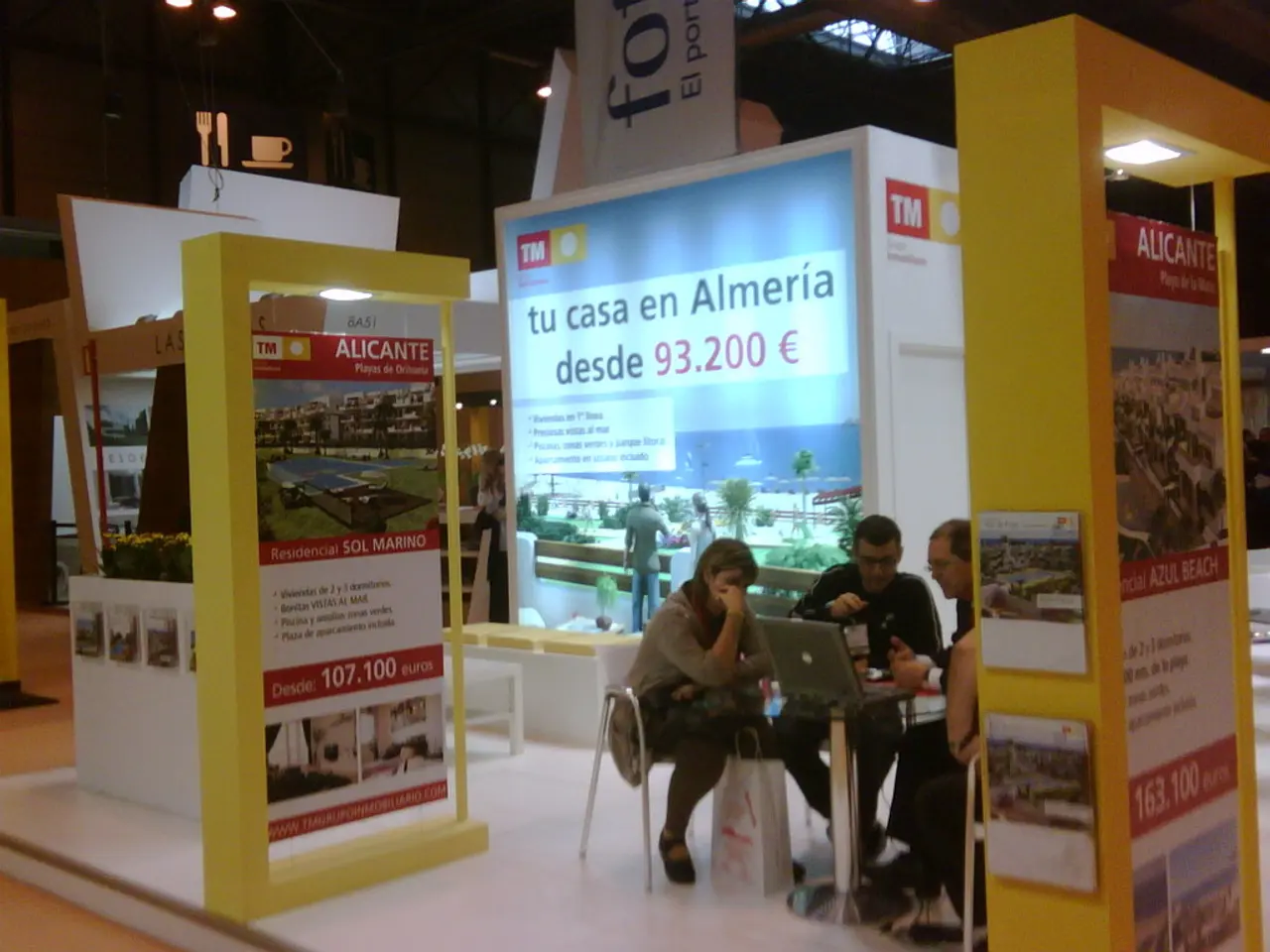Economic Alliances: Escalating Growth or Erecting Barriers? Classifications, Advantages, Disadvantages
A trade bloc is a group of countries joined together through a trade agreement to achieve economic integration. This article explores two types of trade blocs: customs unions and free trade areas (FTAs), and their respective advantages and disadvantages.
A customs union is a more advanced stage than a free trade area, with members agreeing to joint tariffs when they trade with non-members to overcome trade deflection. This simplifies trade within the union and prevents trade deflection, where imports enter through the member with the lowest external tariff and then move freely to other members. However, customs unions require member countries to cede some sovereignty over their external trade policies since tariffs must be harmonized.
In contrast, FTAs allow member countries to reduce or eliminate tariffs among themselves but maintain independent external tariffs with non-members. This preserves more national flexibility in trade policy but requires complex rules of origin to prevent trade deflection, increasing administrative costs and potential trade disputes. FTAs do not create a fully integrated external tariff barrier like customs unions do.
| Aspect | Customs Union | Free Trade Area | |--------|---------------|----------------| | Tariffs | Common external tariff on non-members | Independent external tariffs by members | | Internal border checks | Eliminated due to common external tariff | Required to enforce rules of origin | | Trade deflection | Prevented due to common external tariff | Possible without strict rules of origin | | Sovereignty on tariffs | Reduced, as external tariffs are harmonized | Preserved, members set own external tariffs | | Administrative costs | Lower inside union due to simplified customs checks | Higher due to need for rules of origin enforcement |
A customs union promotes deeper economic integration and simplifies intra-union trade but restricts members' independent control over external trade policy, whereas a free trade area offers more sovereignty at the cost of greater complexity and potential trade deflection issues.
A preferential trading area is the simplest form of the trade bloc, where member countries agree to lower tariffs for certain products but do not eliminate tariffs altogether. The goal of a trade bloc is to increase the flow of goods, services, capital, and labor between member countries.
In a free trade area, goods and services flow freely between member countries, but each has separate and different policies regarding non-member trading. Member countries in a common market often harmonize micro-policies such as regulations on monopoly and anti-competitive practices. A common market is a more advanced trade bloc than a customs union, involving free movement of labor and capital, harmonized economic policies, and coordination of competition policy, investment flows, environmental policy agreements, and even joint monetary institutions.
Benefits of forming a trade bloc include lower prices and more varied products, larger market, boost in direct investments, access to cheaper and more abundant capital, encouragement of specialization, decrease in monopoly power, positive effect on knowledge abundance and technology transfer, better quality intermediate inputs, minimization of potential conflict among members, increase in economic power, and growth in member countries that tends to extend to other members.
However, disadvantages include shutting down the domestic industry, increased economic dependence, loss of state sovereignty, bringing up trade diversion, retaliation from non-member countries, and potential negative impact on smaller member countries.
In an economic union, member countries coordinate economic policy and form joint economic institutions, and if they adopt a single currency, it is called a monetary union, with the Eurozone being an example. This is the most advanced form of trade bloc, where member countries have a single market with a common currency, fiscal and monetary policies, and a central bank.
Understanding the differences between customs unions, FTAs, and other types of trade blocs is essential for countries considering joining or negotiating trade agreements. Each type offers unique benefits and challenges that must be carefully considered to ensure the best outcomes for all involved parties.
In the context of business and investing, a customs union promotes financial integration within its members by eliminating internal border checks, enforcing common external tariffs, and harmonizing tariffs, but this comes at the cost of reducing member countries' independent control over external trade policy. Conversely, a free trade area allows member countries to maintain their sovereignty over external tariffs, thereby providing more flexibility in trade policy, but it requires complex rules to prevent trade deflection and increased administrative costs.
Moreover, a common market extends beyond free trade areas by harmonizing micro-policies, allowing free movement of labor and capital, and coordinating competition policy, investment flows, environmental policy agreements, and even joint monetary institutions. This deeper level of integration aims to achieve even more substantial economic growth and integration amongst member countries.




